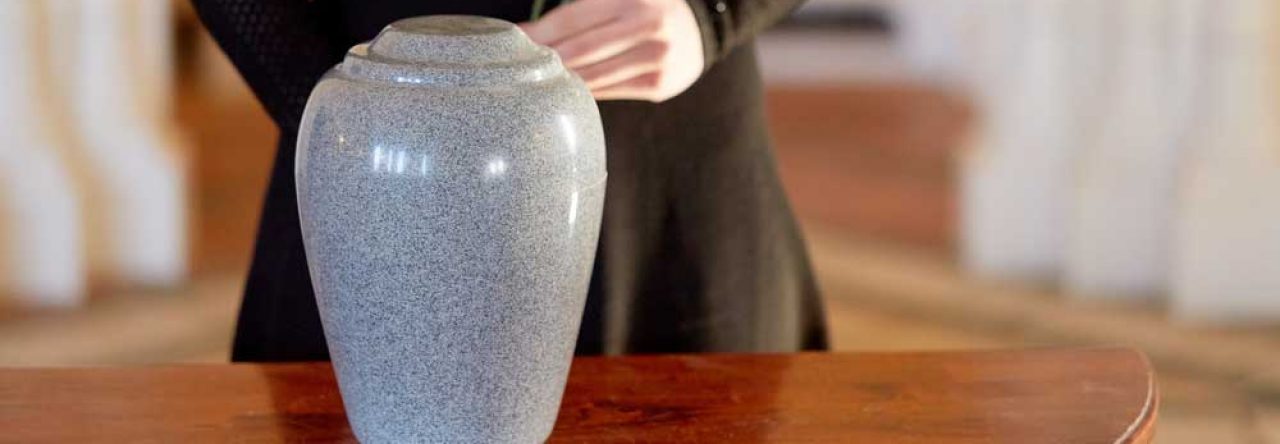Chilblains are what is identified as a non-freezing cold problem. It is a problem that occurs in the cold weather but isn't a freezing cold problem like frostbite. They are an unusual response of the small blood vessels in the toes to a alteration of temperature from cold temperatures to warmer. Generally if the foot is cold, the blood vessels close up in order to save warmth. Generally once the feet are heated up those arteries have to open up to improve blood circulation to the skin. In a chilblain the blood vessels continue to be closed up for a extended period of time after which they at some point and instantly open up. This makes an inflammatory reaction that causes a painful red area on the foot. After a few days waste elements build up in the epidermis and the colour changes to a dark blue colour. They usually are rather painful.
The easiest method to treat chilblains is usually to not get one to begin with. You need to do this by not really permitting the foot to get cold using warm hosiery and protective shoes. If the foot does get cooler, then it is crucial that you allow it to warm up slowing to give the arteries an opportunity to react to that heating. It is the too fast heating up of the epidermis which is the problem in a chilblain. If a chilblain can occur, then it needs to be protected. Very good warm socks as well as shoes ought to be worn. Applying a chilblain cream to massage them helps with the blood flow and helps with getting rid of those waste elements that have built up. Should the skin gets damaged, then appropriate dressing with antiseptics have to be used and kept being used until it gets better because there is a heavy risk for an infection. It is next essential to prevent any more chilblains developing in subsequent weeks otherwise there exists a pretty good chance that this will end up a persistent disorder.
